Enemies: AK vs. M14
February 11th, 2020
8 minute read
Of all the opposing small arms that the M14 rifle would have been expected to face, the Soviet-designed AK-47 would become the most famous and the most prolific. As it stands today, there are about 75 million AK rifles around the world. Mikhail Kalashnikov’s “Avtomat Kalashnikova” has proven to be effective and extremely popular. However, during the years that the M14 rifle was being carefully developed, tested and chosen, the AK-47 received minimal attention in the West, and very little credence as an important small arms design was given to it.
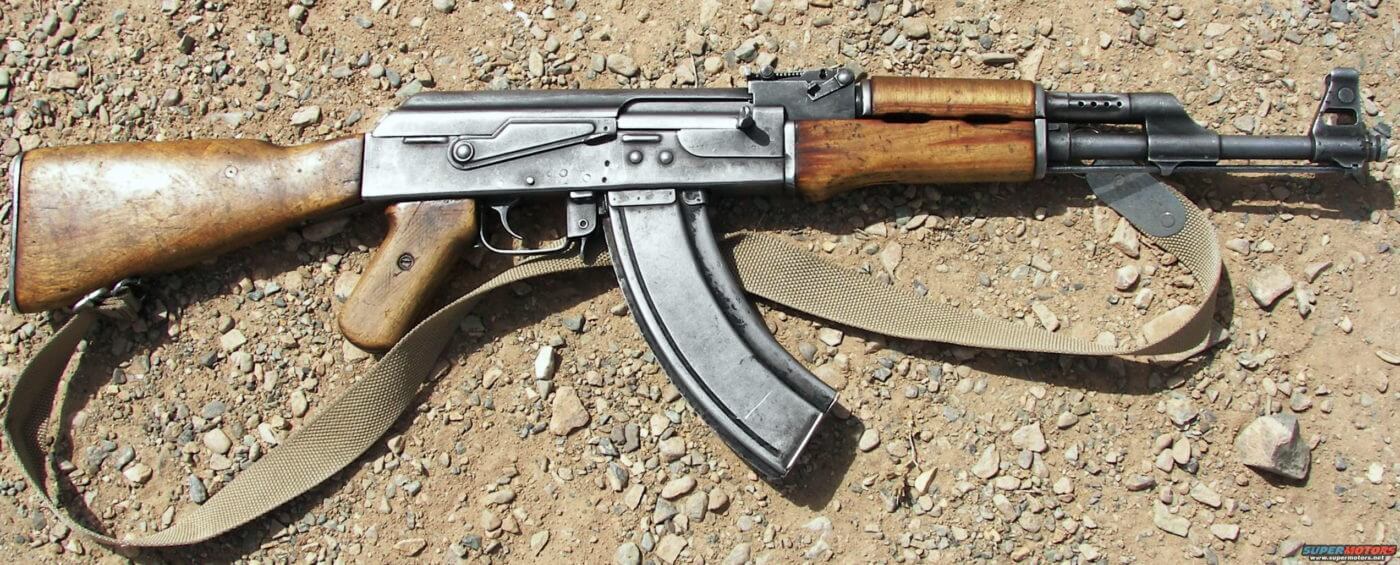
Here at The Armory Life, we’ve been examining the origins of the M14, the how and why it was chosen, along with its competition in becoming America’s standard infantry rifle. In this case, we’ll look it its prime battlefield opponent, the Soviet-designed AK-47, and get some background as to why the Russians chose such a vastly different concept for their standard infantry weapon.
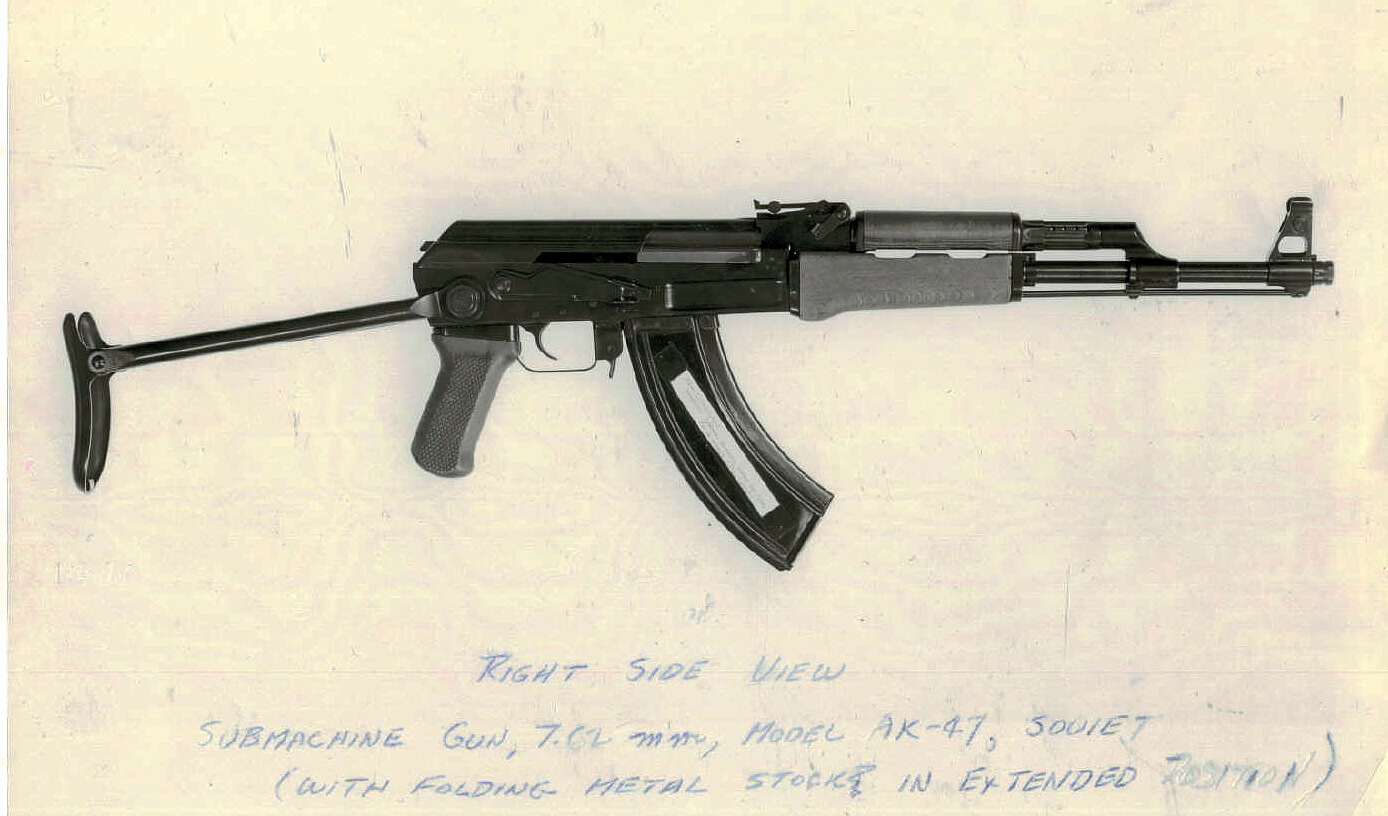
Rose By Another Name
For a long time, U.S. Ordnance mislabeled the AK-47, and in so doing they essentially minimized the new weapon. Most of the early U.S. reports about the AK-47 refer to it as a “submachine gun.” It is, of course, a rifle, and it took U.S. Ordnance a long time to accept it as such.
I found a CIA report (dated March 31, 1960) that described the AK-47 as:
“Sub-Machine Gun AK-47”
This 7.62 submachine gun is a weapon of the individual soldier. The fire of this submachine gun is effective for the following ranges:
—Individual and group targets when fired in single shots or short bursts: up to 500 meters
—Well-trained soldiers when firing single shots: up to 600 meters
—Maximum range: up to 1,500 meters
—Rate of fire: 100 rounds per minute/Automatic, 40 rounds per minute/Single shots
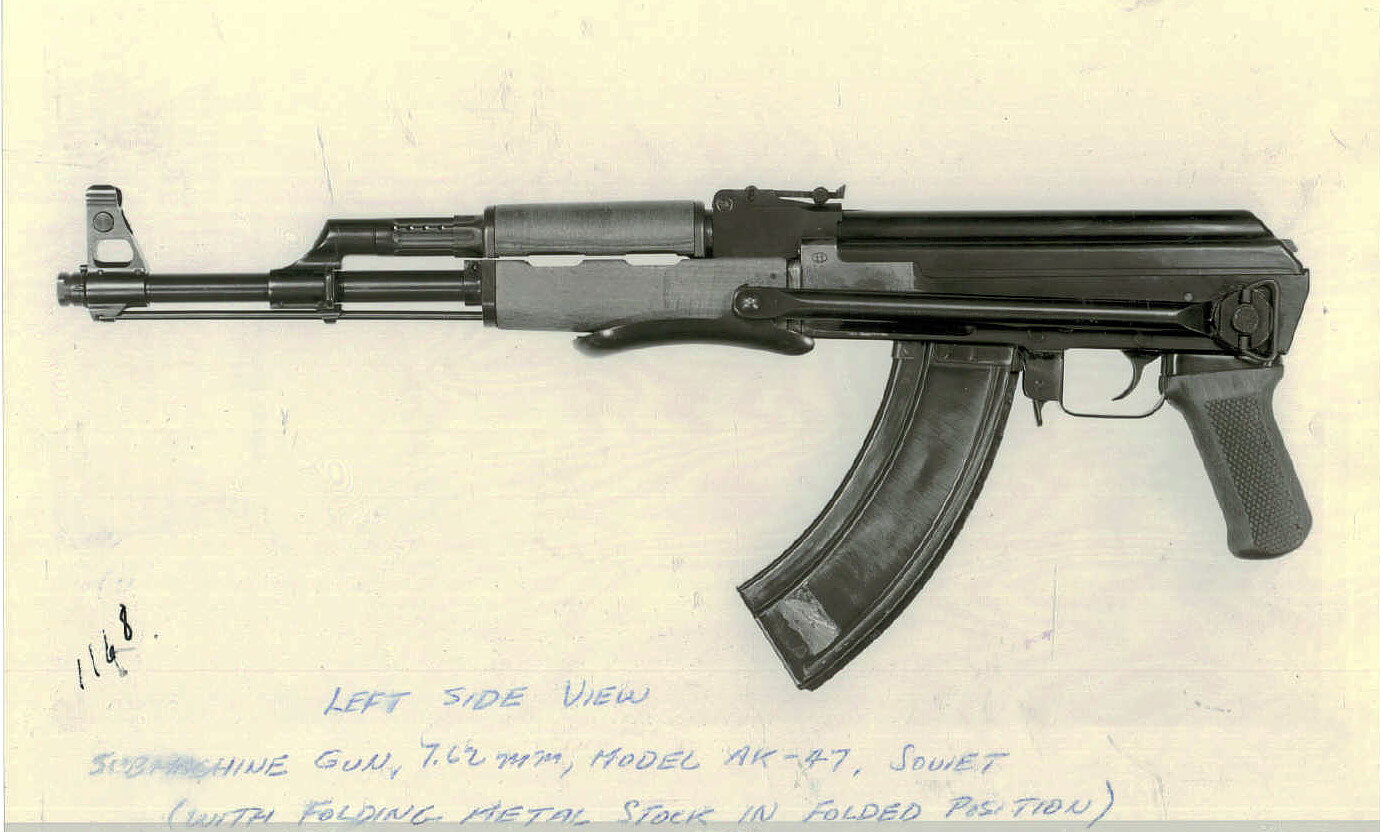
Other information provided in the brief report noted that the AK-47 came with either a solid wooden stock or a folding metal stock. Curiously, the AK’s 7.62x39mm ammunition was described as “medium-sized” 7.62 ammo. Later documents and photo captions from U.S. Ordnance continue to describe the AK-47 as a submachine gun — long considered to be a staple firearm in the Soviet infantry arsenal.
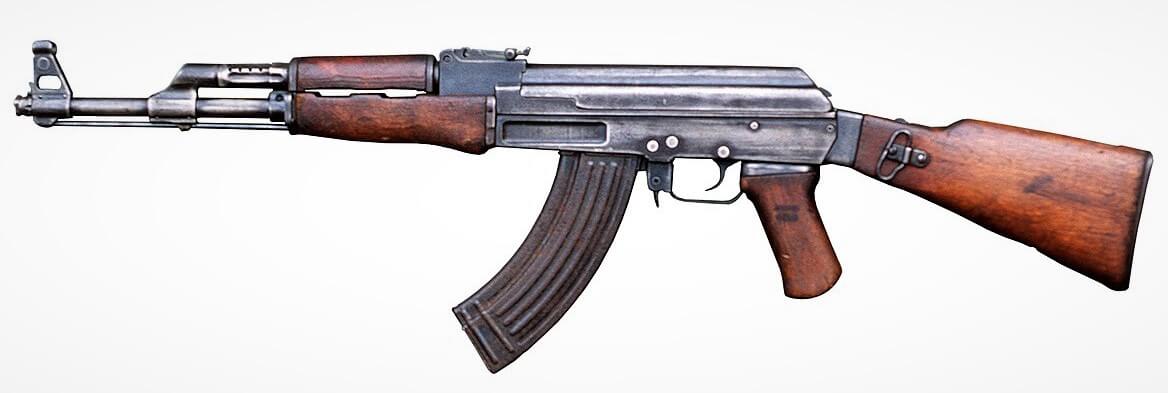
Perhaps this strange labeling was simply following suit, as U.S. Ordnance had also described the German Sturmgewehr variants as submachine guns, using the original German nomenclature of “MP” (Machine Pistol) — a title devised as a ruse to fool the Fuhrer and keep the Nazi rifle development program alive.
Soviet WWII Small Arms
The Red Army had fought and won its desperate struggle with Nazi Germany using a wide assortment of infantry weapons — some recently born in the heat of battle (like the PPS-43 submachine gun, first fielded during the siege of Leningrad) to the Mosin-Nagant 91/30 rifle (first fielded in its earliest form in 1891). Along the way, the Soviets also used a considerable amount of captured small arms.
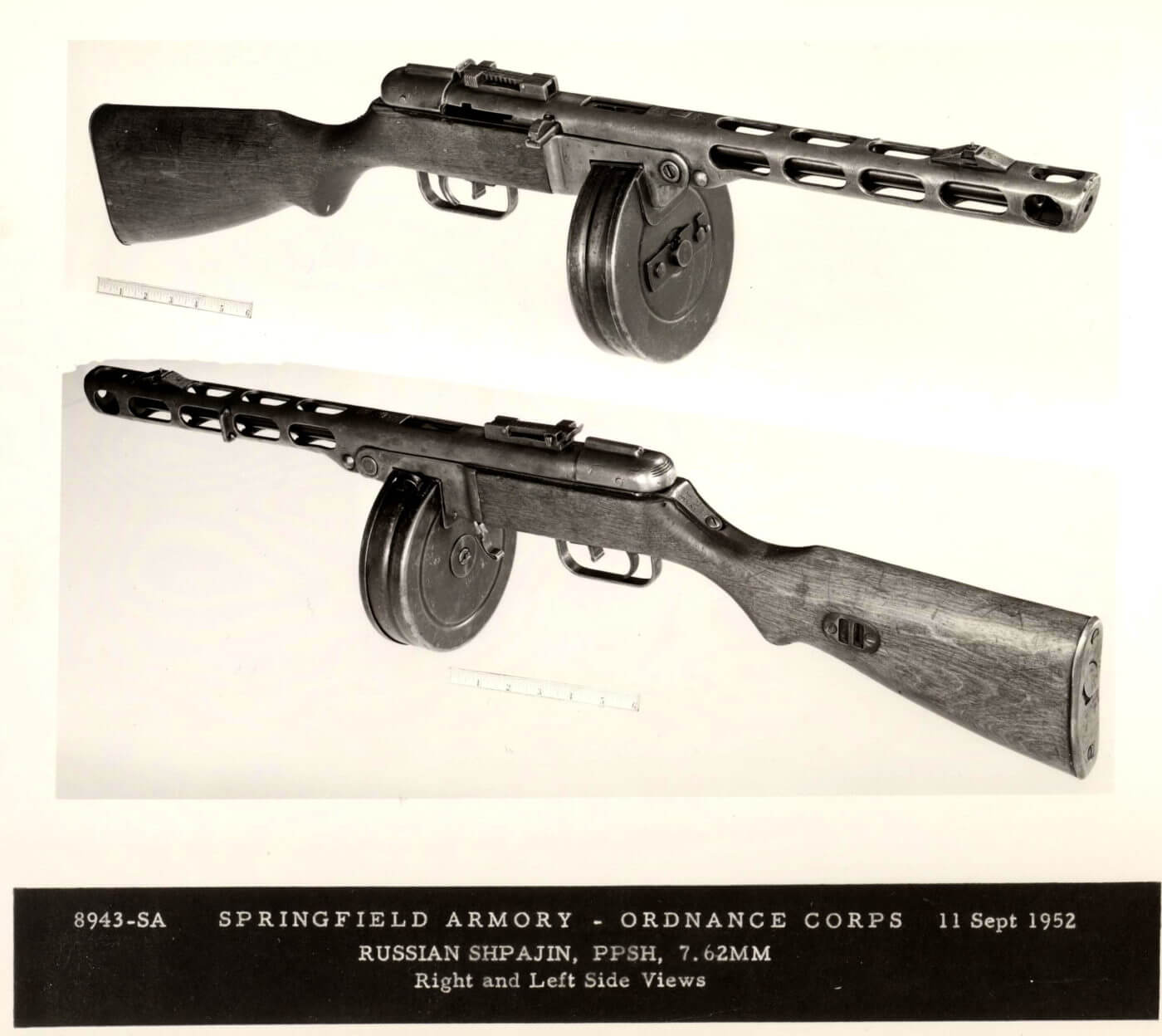
As of May 1945, the Red Army had a wide range of shoulder arms, with these as the primary types:
- PPSh-41 SMG (7.62x25mm Tokarev)
- PP-43 SMG (7.62x25mm Tokarev)
- SVT-40 semi-auto rifle (7.62x54mmR)
- Mosin-Nagant 91/30 bolt action rifle (7.62x54mmR)
- Mosin-Nagant M44 bolt action carbine (7.62x54mmR)
- SKS rifle (7.62x39mm) — very limited initial numbers
The stage was set for the AK-47 as those listed above would soon be phased out of front-line service, but even Mikhail Kalashnikov could not produce his remarkable design overnight. Originally submitted to the 1946 Soviet design competition for a new assault rifle, Kalashnikov’s concept went through multiple alterations until it was officially accepted in 1949. Early issues held up mass production for the Red Army as well as multiple Warsaw Pact nations. The AK-47 was finally issued in significant numbers to Soviet troops in 1956, with the rifle seeing its first combat action during the Hungarian Uprising in October of that year.
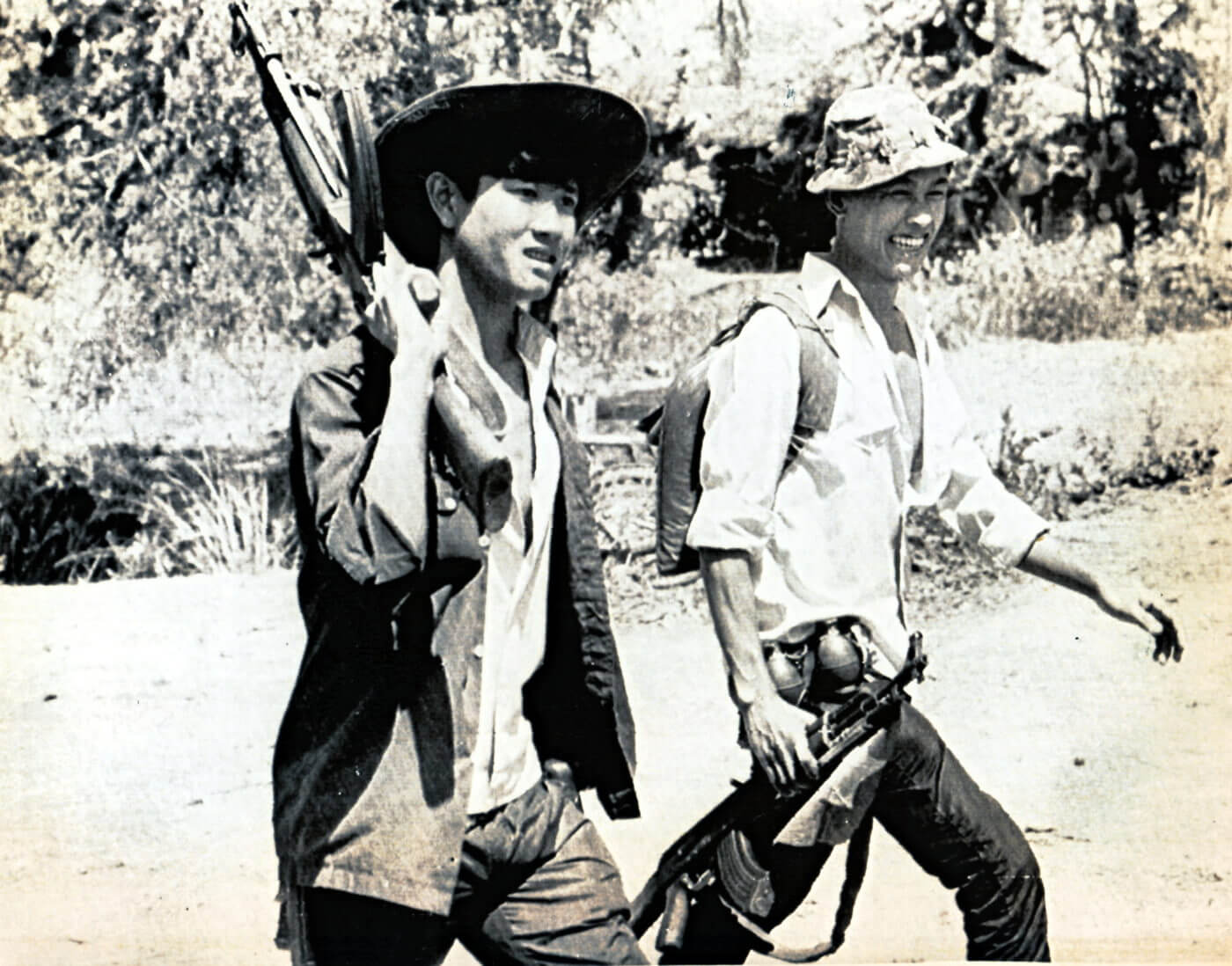
Closing the Range
During the 20th century, infantry combat ranges decreased dramatically from conflict to conflict. One of the primary reasons why combat ranges shortened on the Eastern Front during World War II was that close-range action better served the purposes of the Red Army. The Soviets did not lack manpower, but they were always short on rifles — even the issue of thousands of captured German 98K rifles didn’t make up the shortfall. Instead, the Red Army turned to submachine guns, particularly the PPSh-41 (chambered in 7.62x25mm Tokarev). The Russian base of firepower quickly and dramatically changed from traditional bolt-action rifles that reached out to 500 yards to submachine guns that maxed out at 100 yards.
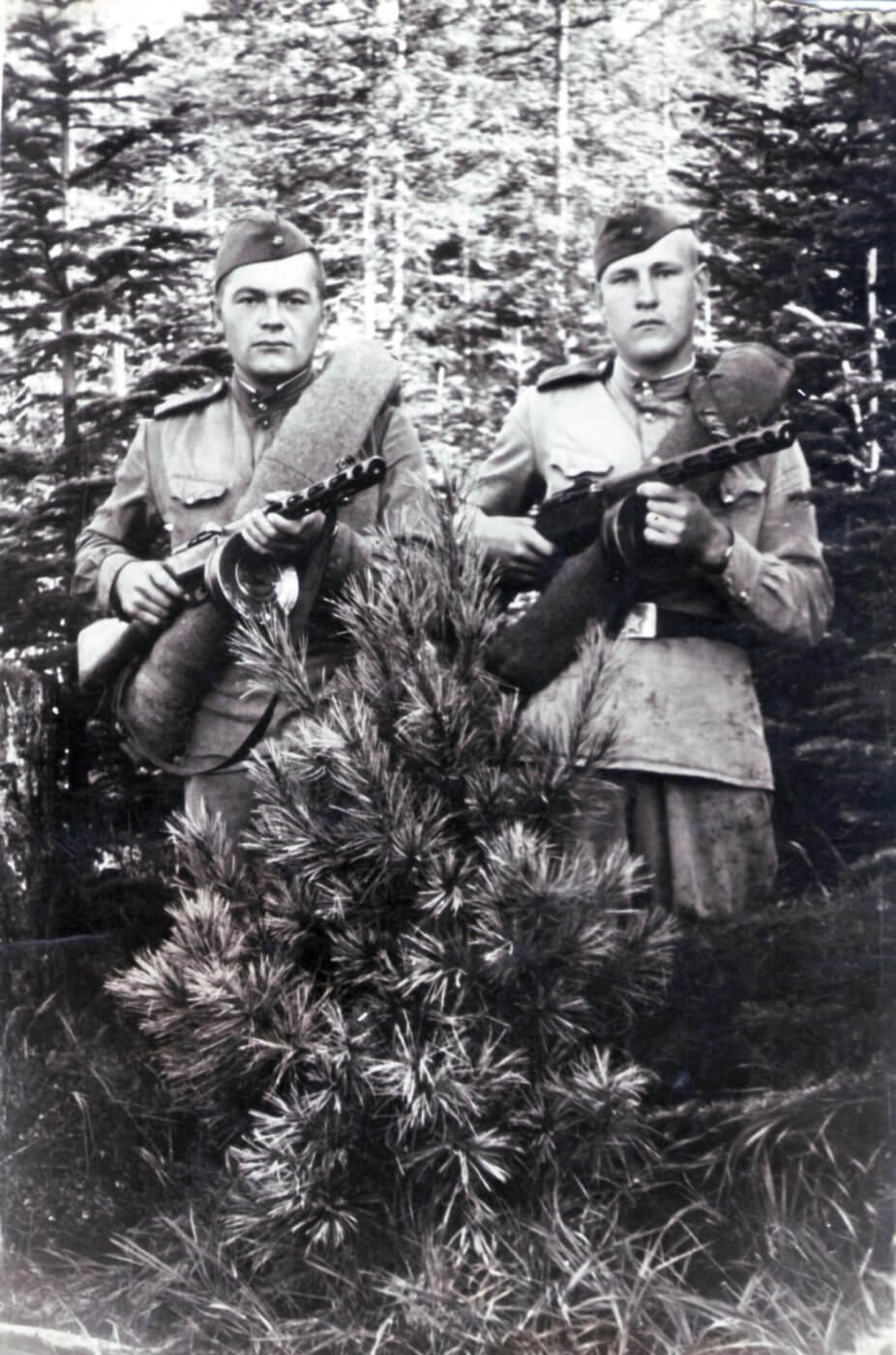
The PPSh-41 is a simple design. It could be finished with little more than seven hours of machining time, and then assembled by unskilled labor in basic workshops. Russian arms factories often opted to cut the barrel of a Mosin-Nagant rifle in half to create two PPSH-41 barrels. Manufacturing of the PPSh-41 continued to be economized as the war progressed and by 1945 more than six million had been produced. The PPSh-41 is rough and crude, but they shoot fast and work well. Entire units would be equipped with this submachine gun.
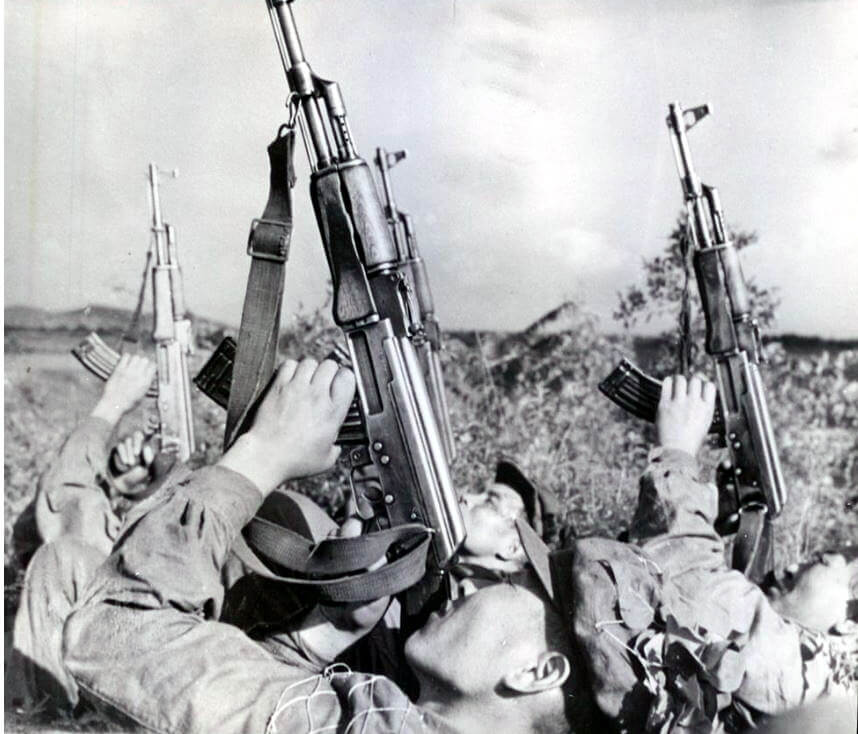
With copious amounts of short-range firepower in the hands of their troops, the Soviets adapted their doctrine. Red Army commanders were more than willing to incur heavy casualties to achieve a breakthrough, and to take advantage of the PPSh-41’s firepower their infantry often absorbed losses to close the range. Once in tight quarters, the firestorm of Russian lead was withering. Bear in mind that 80 percent of Germany’s combat casualties in World War II came on the Russian front.
Influence of the Sturmgewehr
Kalashnikov was a soldier, and he drew upon his experience to design the AK-47 to meet the needs of a Red Army infantryman. He was smart enough to look at several important influences — notably the German Sturmgewehr, the StG44. The Germans first deployed this weapon on the Russian Front, and the weapon and its innovative 7.92×33mm Kurz intermediate cartridge had a tremendous impact on the Red Army. The StG44 combined the power of a short rifle with the size and rate of fire of a submachine gun.
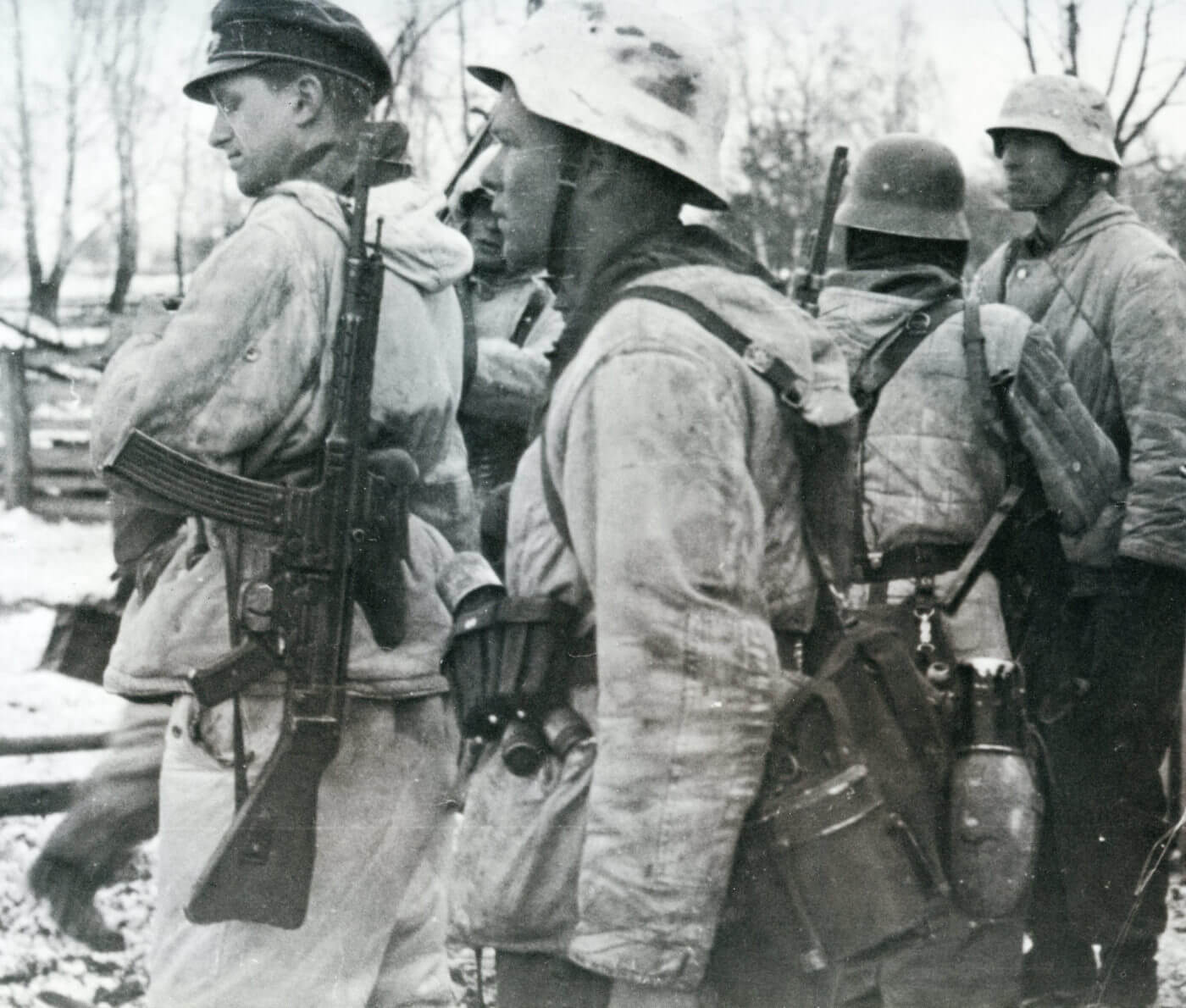
By late 1943 the Russians had developed their own intermediate round, the 7.62x39mm M43, and it would be used in the SKS. Kalashnikov’s AK-47 design featured many features similar to the StG44. From its intermediate cartridge to its extended detachable box magazine to its small size and select-fire function, the AK-47 heralded a new approach in military small arms design first blazed by the German StG44.
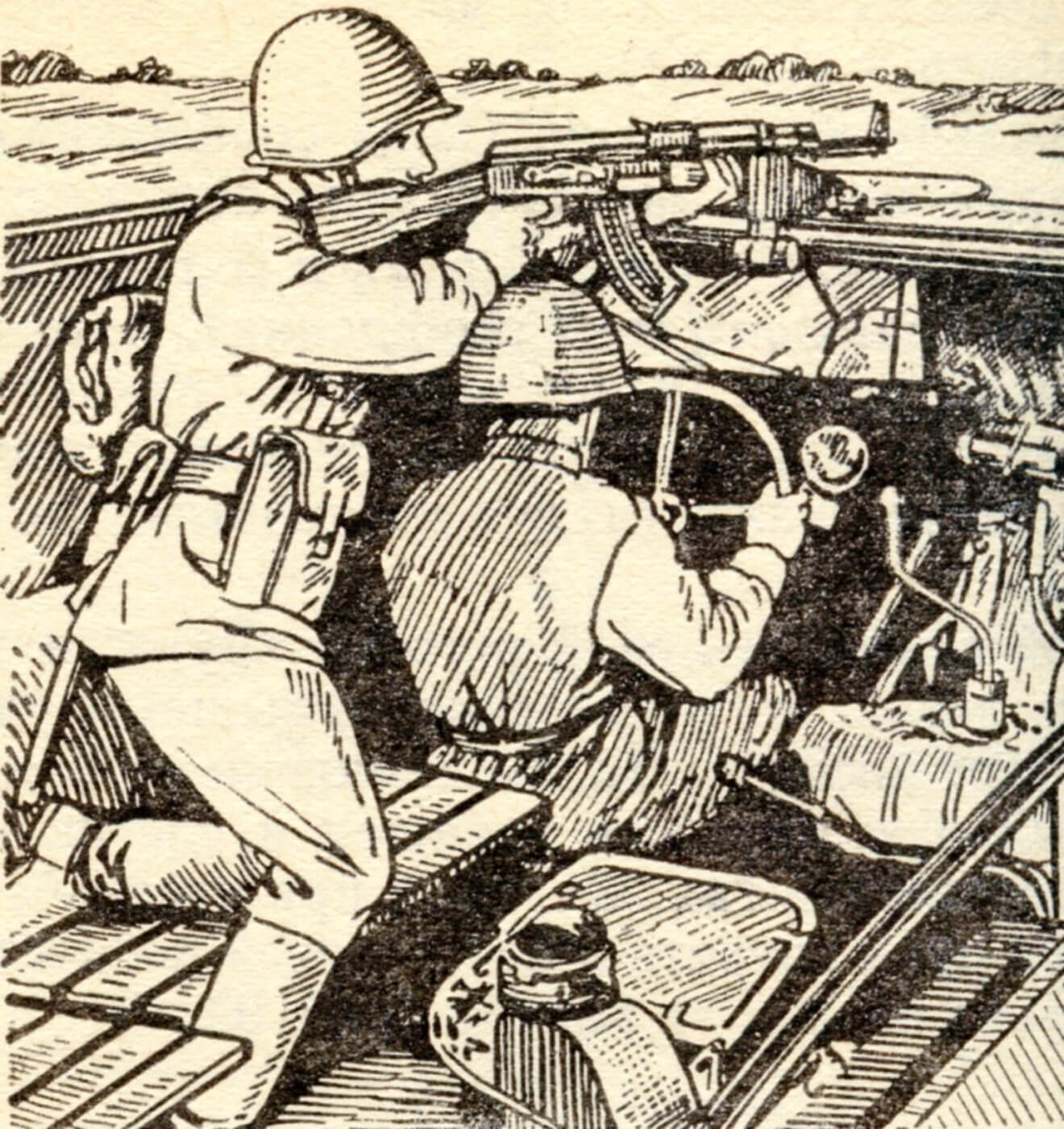
Cold War Battlefield
As American and Soviet military planners developed the weapons of the Cold War during the 1950s, they had envisioned a massive confrontation taking place in Europe. Thankfully, that never occurred, but the M14 and AK-47 still exchanged fire. During America’s involvement in the war in Vietnam, U.S. troops equipped with the M14 rifle battled Communist insurgent forces, the Viet Cong, along with the North Vietnamese Army (NVA) who were increasingly equipped with the AK-47.
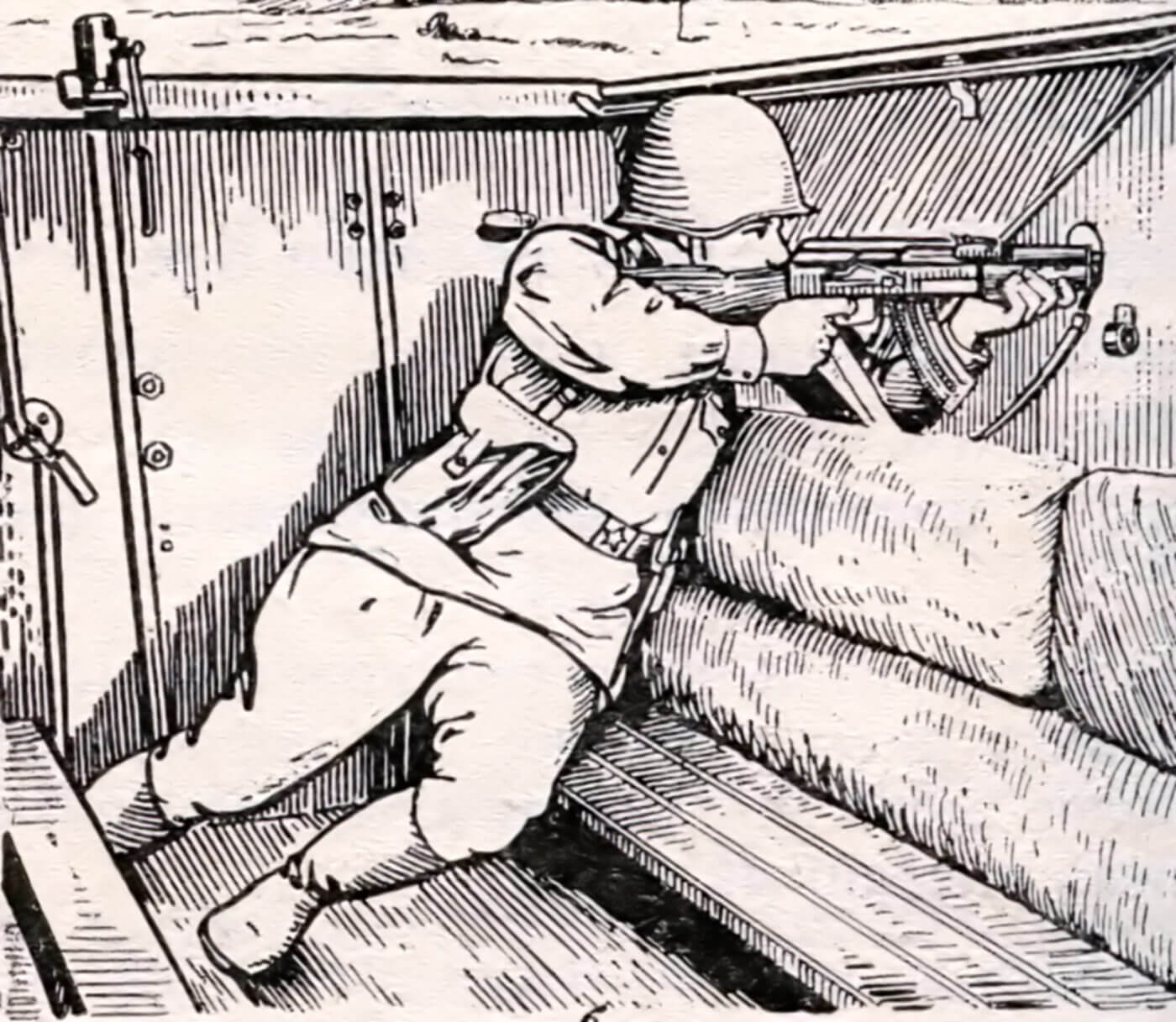
During the early years of the war, the USMC carried the M14, along with some of the initial U.S. Army units to deploy to Vietnam. In these early days, the AK-47 was more commonly found in North Vietnamese regular army units. As for the Viet Cong guerrilla force operating in the south, the AK-47 was a perfect weapon for their needs, and as their strength and political prestige grew, more AKs were delivered to their ranks to complement their varied weapons.
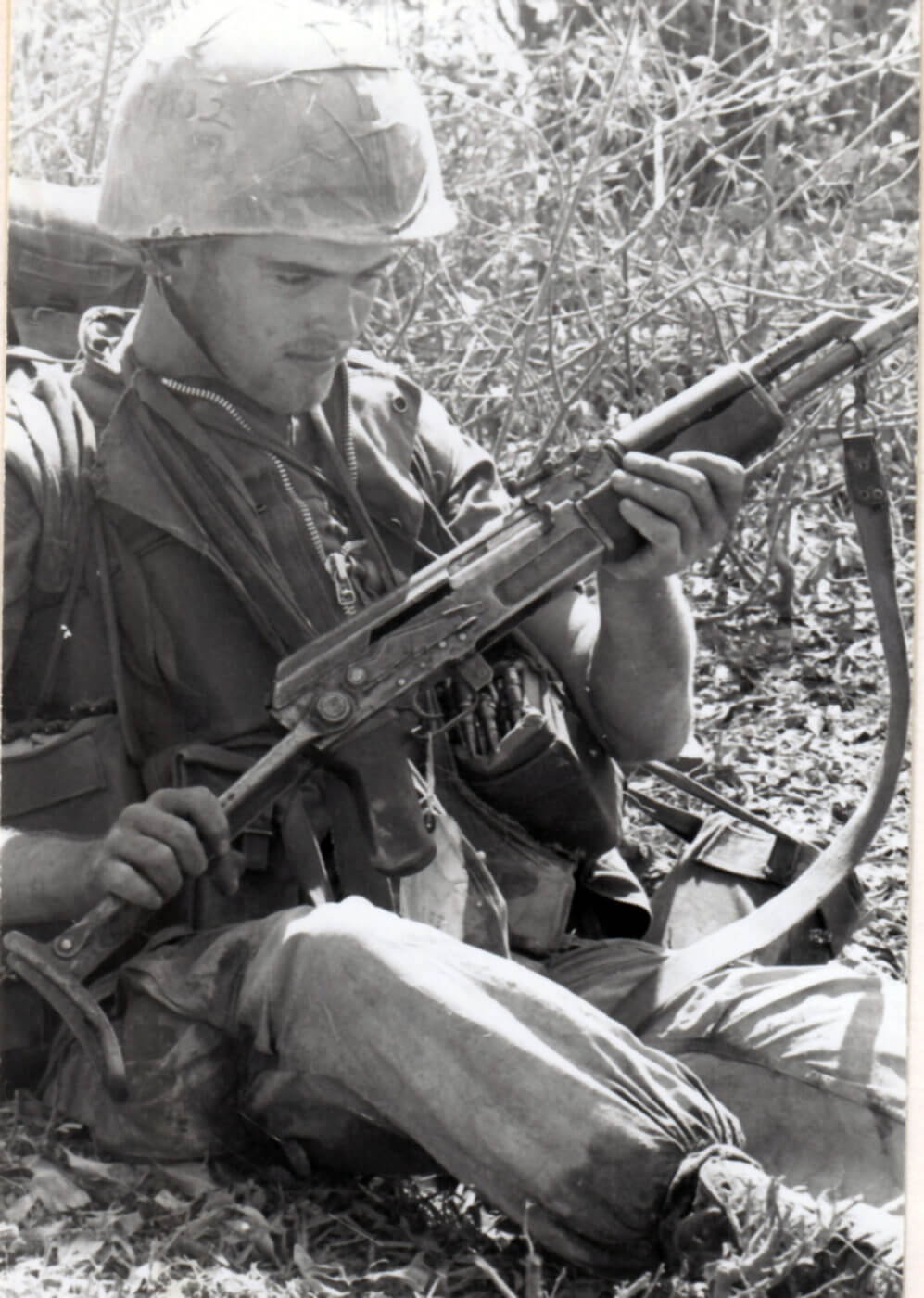
After the VC’s failed Tet Offensive in early 1968, their cadre shrank considerably, but the AK-47 remained their favored weapon. In the NVA, more and more AK-47s were provided to their frontline troops (many of these were Chinese Type 56 variants).
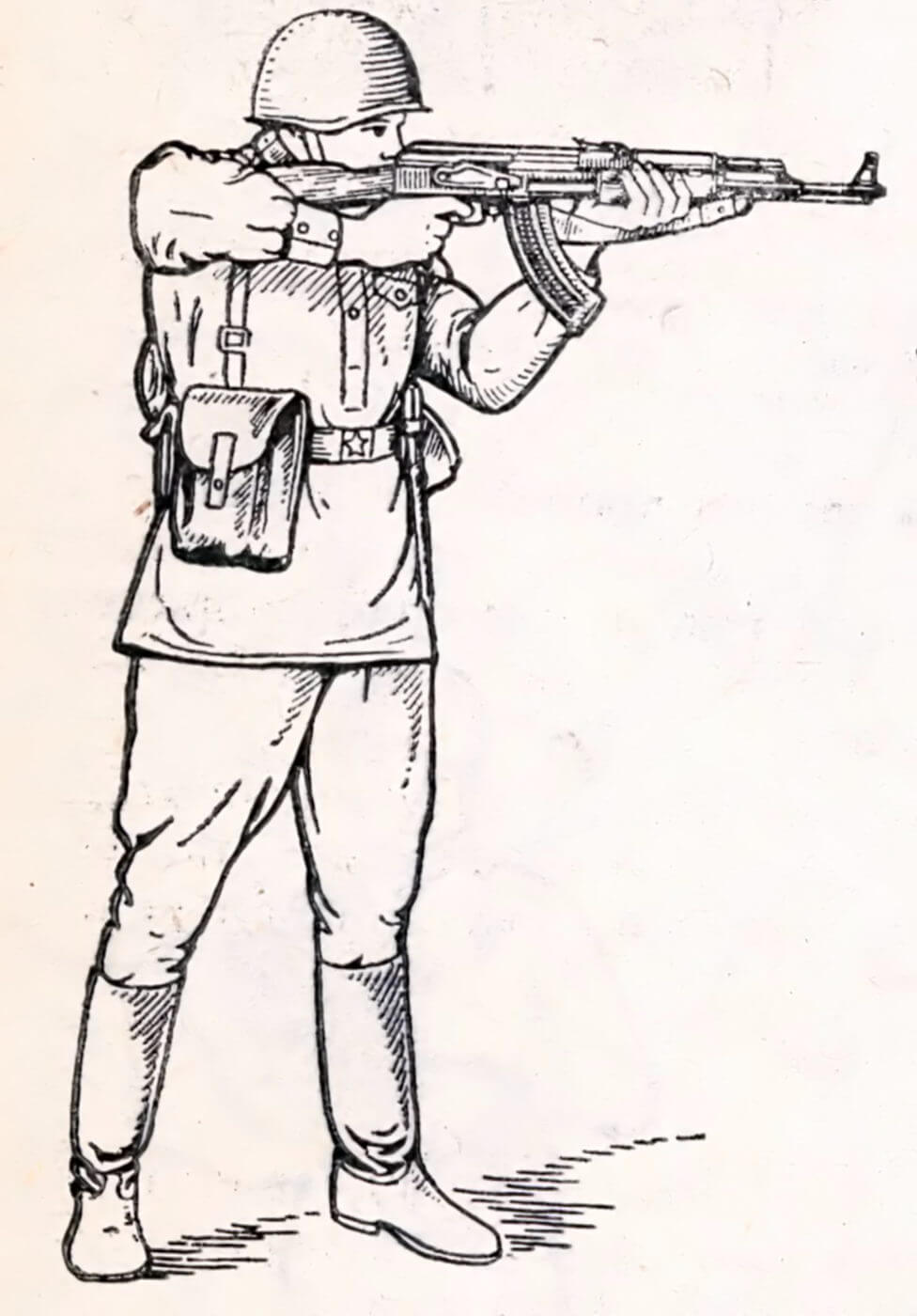
In head-to-head combat both rifles performed well in Vietnam, but the smaller, simpler AK-47 was better suited to jungle combat and guerrilla war operations. Ballistically, the M14’s 7.62 NATO round is more powerful and offers greater range. This is demonstrated by the M14’s use as a sniper rifle (the M21) after the M14 had been replaced by the M16 in most units.
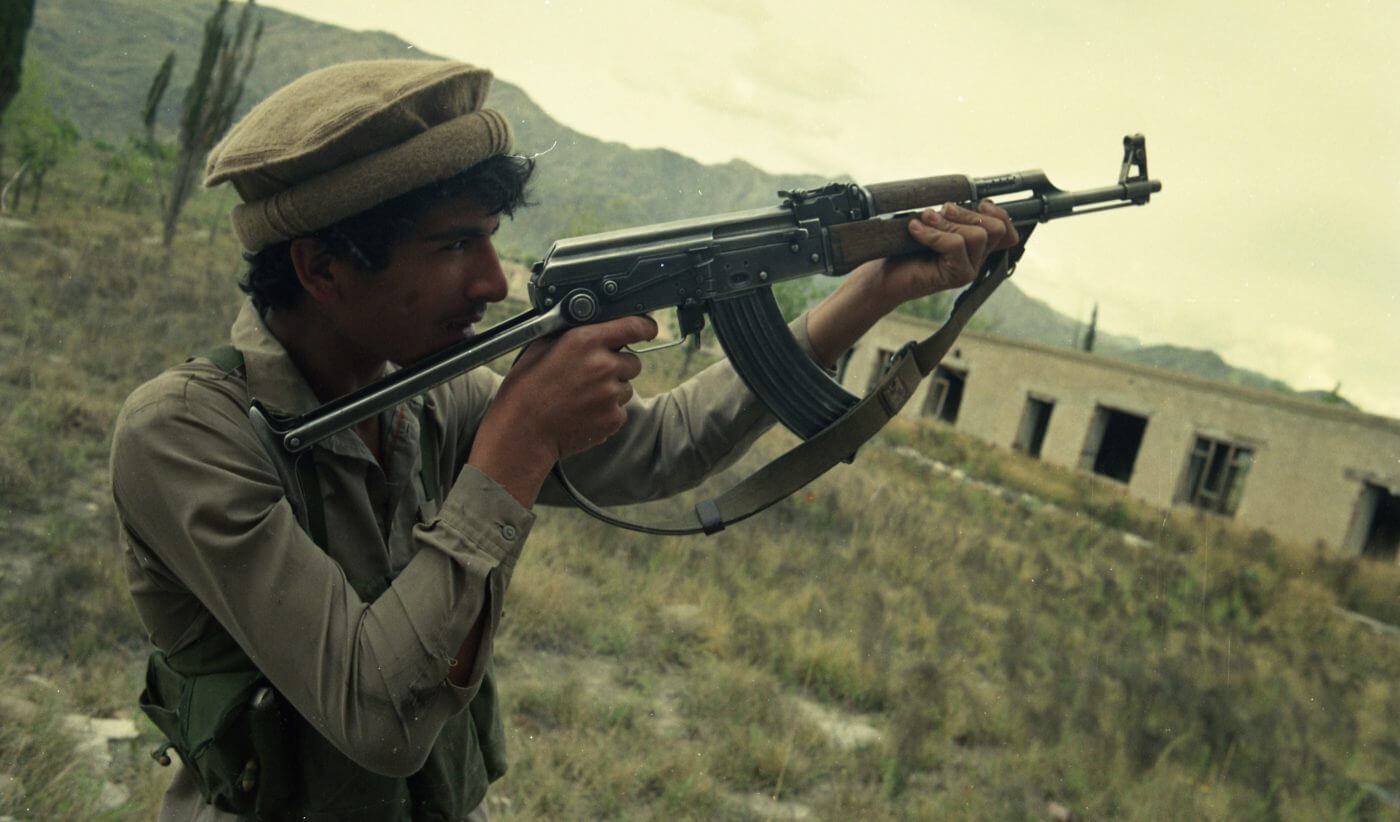
For American units based in Europe, the potential for a NATO versus Warsaw Pact conflict meant the M14 might have faced off against the AK in that venue. Fortunately, the Cold War never boiled over into World War III, and the M14 and AK-47 never faced off directly in that apocalyptic scenario.
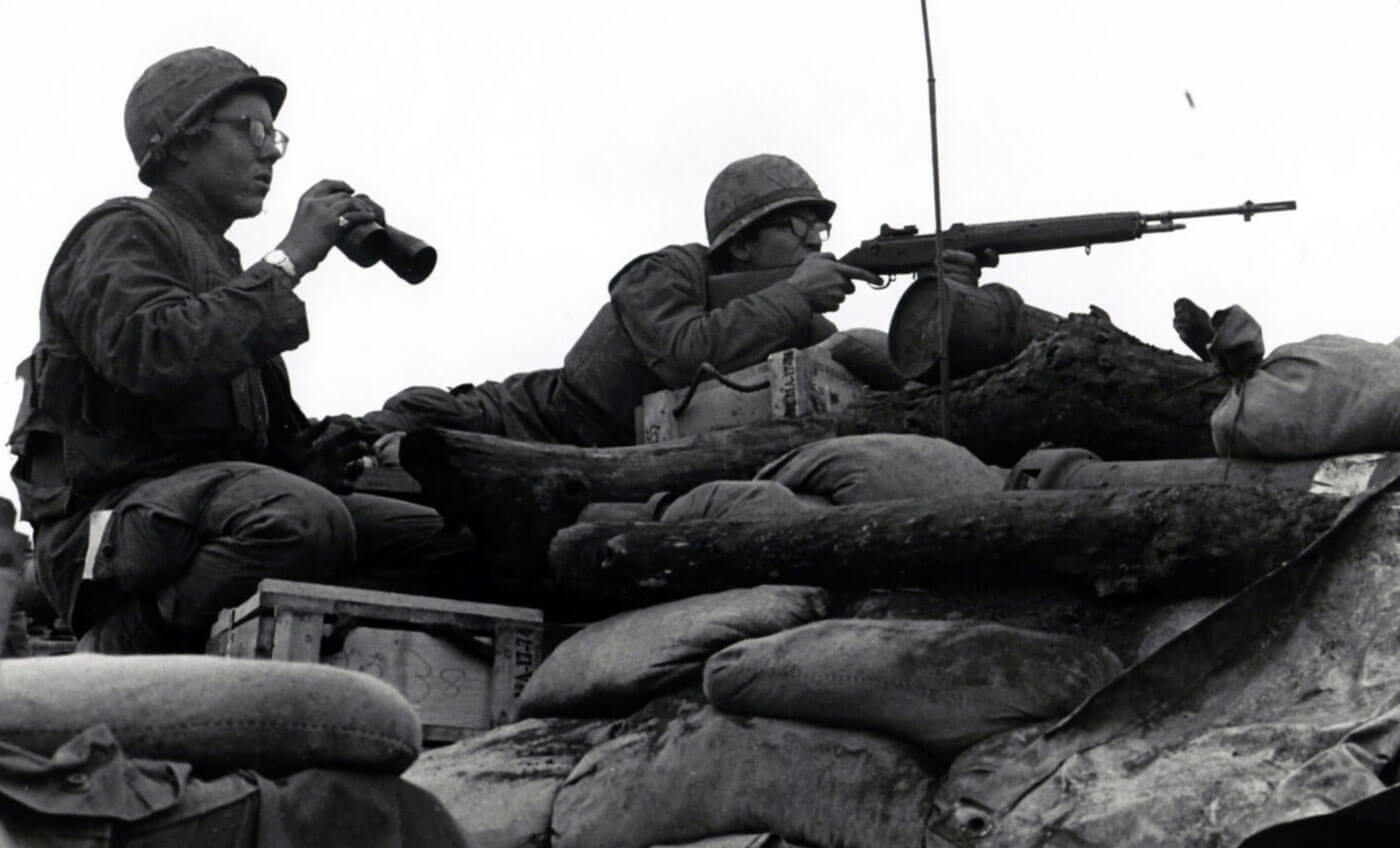
Owning Your Own
While the M14 may have had a relatively short front line military career, it has a popular civilian-legal counterpart here in the United States in the Springfield Armory M1A. Produced in Geneseo, Illinois, this semi-automatic rifle gives shooters a chance to own the civilian sibling of a classic rifle.
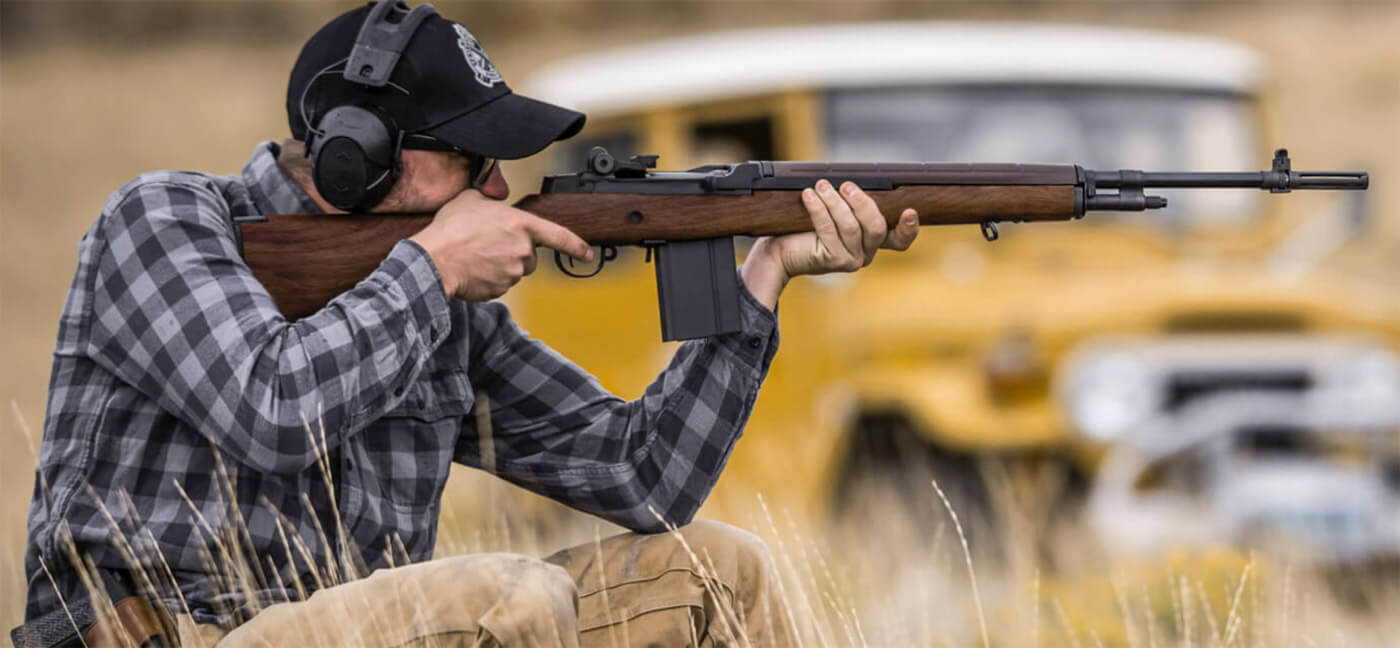
Editor’s Note: Please be sure to check out the new The Armory Life forum, where you can comment about our daily articles, as well as just talk guns and gear. Click the “Go To Forum Thread” link below to jump in!
Join the Discussion
Featured in this article
Continue Reading
Did you enjoy this article?

 262
262







